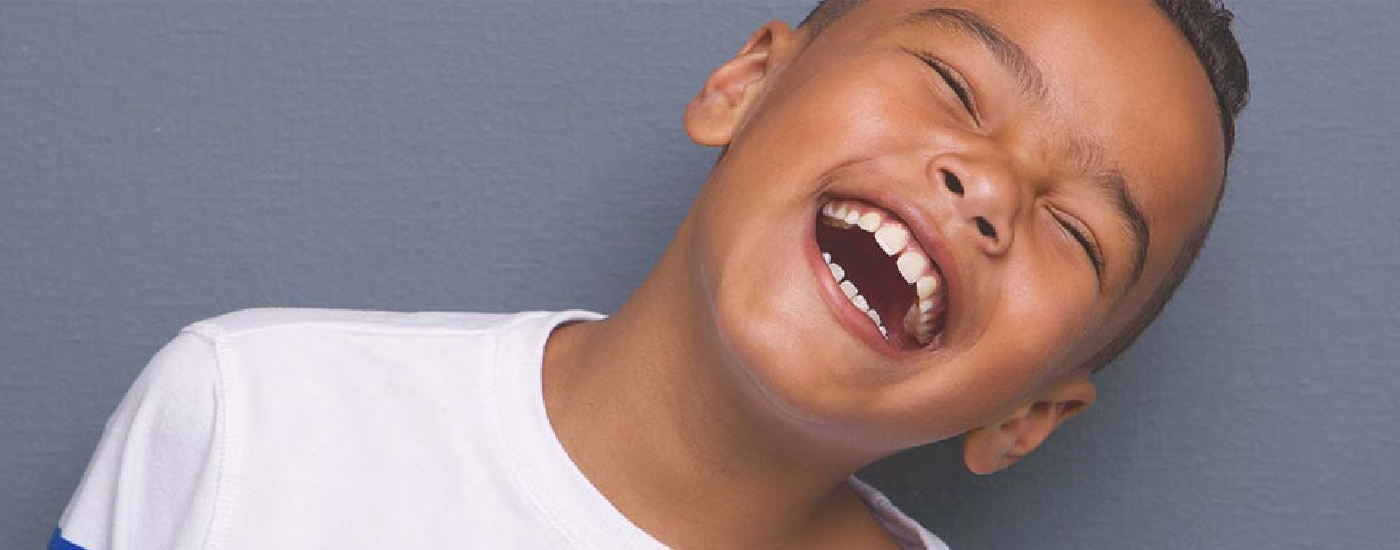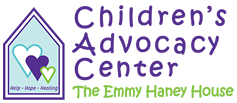
Understanding the Types of Abuse
Physical Abuse
Physical abuse is any physical injury caused by beating, punching, shaking, kicking or biting – or any other physical harm to a child. The injury may or may not be intentional. It may result from over–discipline or punishment.
Signs may include:
- Bruises or broken bones on children not yet old enough to walk
- Marks in the shape of an object
- Unexplained bruises, burns or cuts (especially on the face, neck, back, buttocks, upper arms, abdomen or backs of legs)
- Bald spots
- Fear of physical contact – for example, a child who cringes at normal touches, like a touch on the shoulder
- Clothing that may be inappropriate for warmer months (parents may dress the child to cover up bruises or marks
Sexual Abuse
Sexual abuse includes fondling or other touching of a child’s genitals, forcing a child to touch the abuser, incest, rape (including statutory rape), sodomy, exhibitionism, or the exploitation of a child through prostitution or pornography. Sexual abuse may be the most underreported form of abuse because adults often lure children into secrecy, shame and silence.
Signs may include:
- Unusual interest or knowledge of sexual things – for example, a child who uses in–depth sexual play with peers (beyond “playing doctor”)
- Inappropriate displays of affection
- Pain during urination
- Difficulty sitting or walking
- Genital or anal itching, rashes, bruising, bleeding or pain
Emotional Abuse
Emotional abuse may involve verbal or psychological abuse or mental injury. It has been defined as acts or omissions by parents or other caregivers that have caused, or could cause, serious behavioral, cognitive, emotional or mental disorders. Emotional abuse may also include extreme or bizarre acts of punishment. Sexually or physically abused children are usually emotionally abused as well.
Signs may include:
- Repetitive actions, such as rocking, sucking or biting
- Delay in physical or social development compared to peers and what is normal for age
- Speech, sleep or eating disorders
- Lack of emotion – for example, a child who seems indifferent or shows little or no emotion compared to his or her peers
To learn more, schedule training for your civic group, church or youth serving organization click here for more information
Neglect
There are several forms of neglect – educational, emotional, environmental, medical, developmental – child protection agencies usually use the term to mean physical neglect. Physical neglect is the failure to meet a child’s basic needs, such as food, shelter, clothing and hygiene. Neglect is considered a form of abuse.
Signs may include:
- Clothing that is dirty, torn, poorly fitting or inappropriate for the weather
- Sleepiness
- Poor hygiene
- Untreated medical or dental problems
- Hoarding or stealing food
- Inappropriate responsibility for younger siblings – for example, a child who often has to baby–sit siblings
